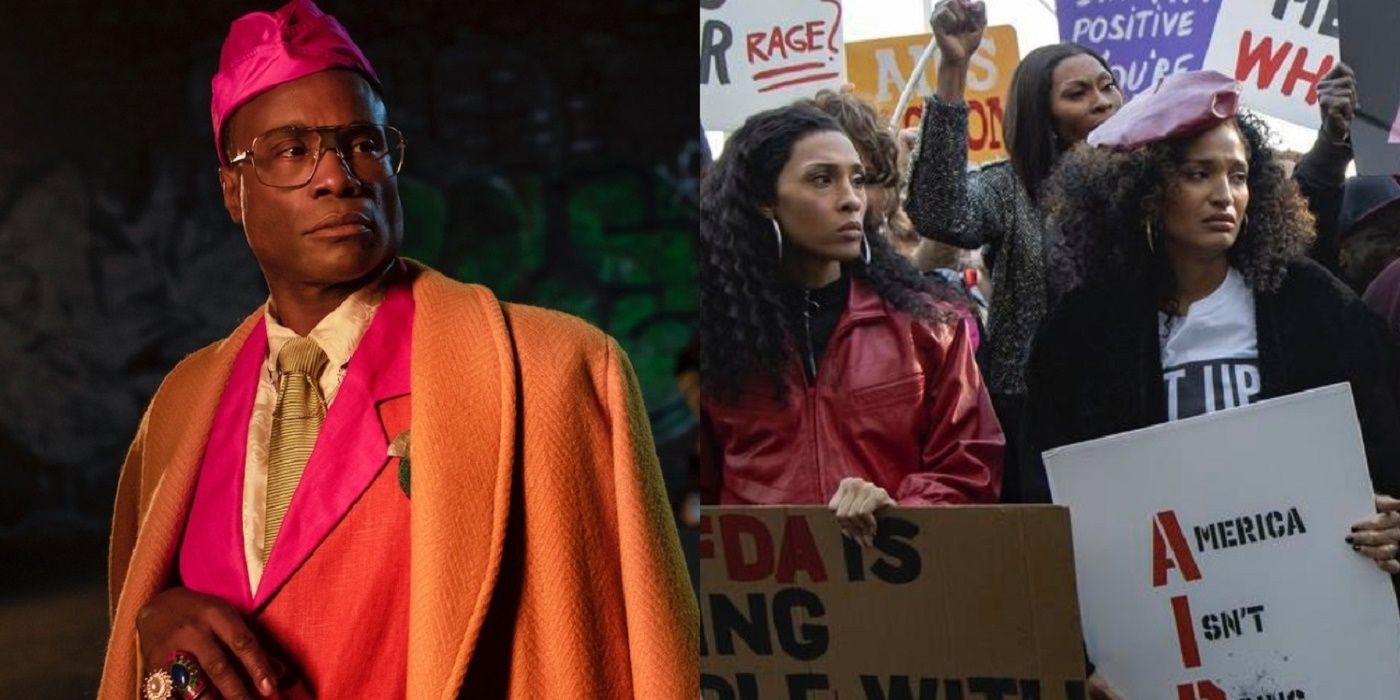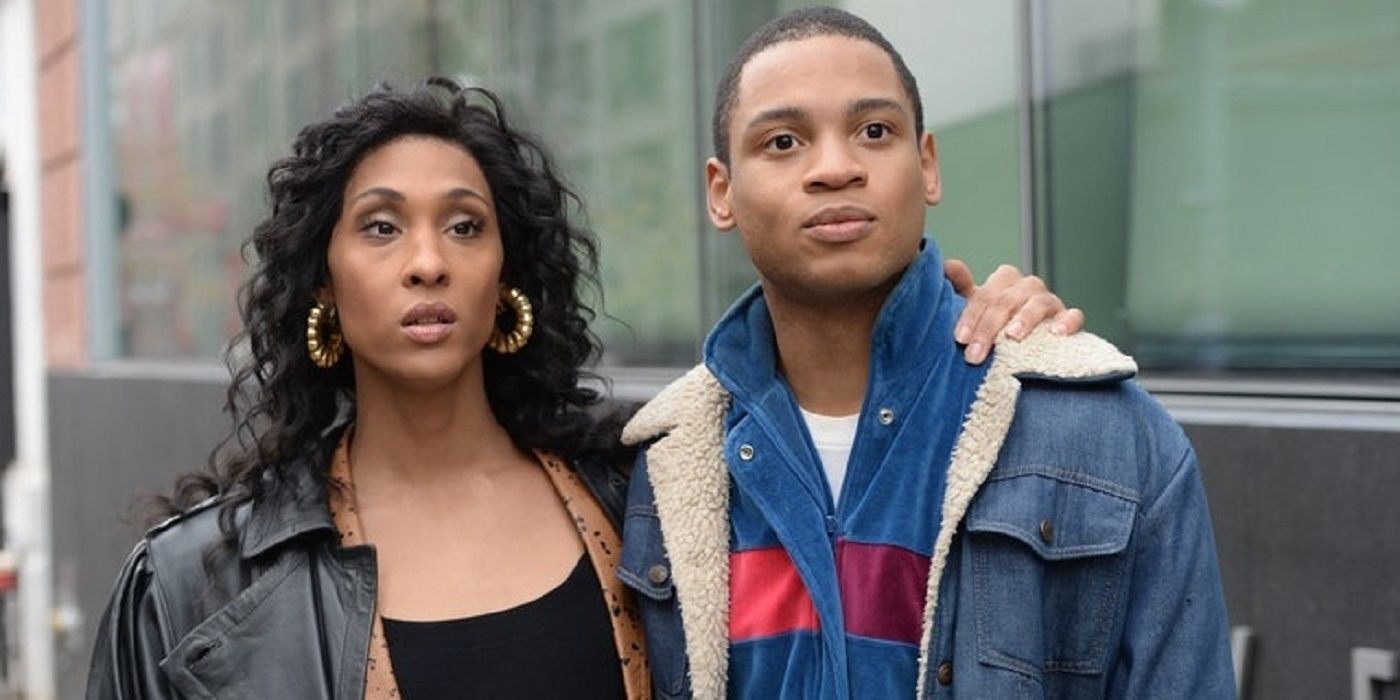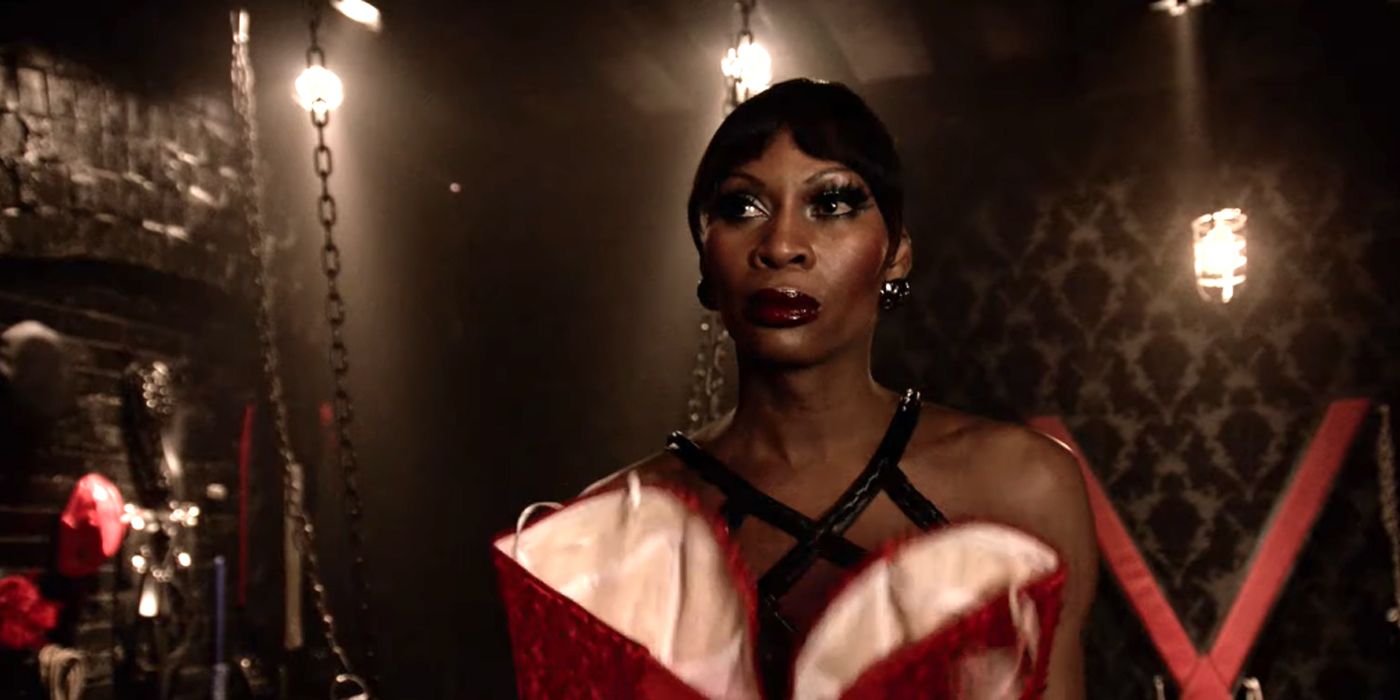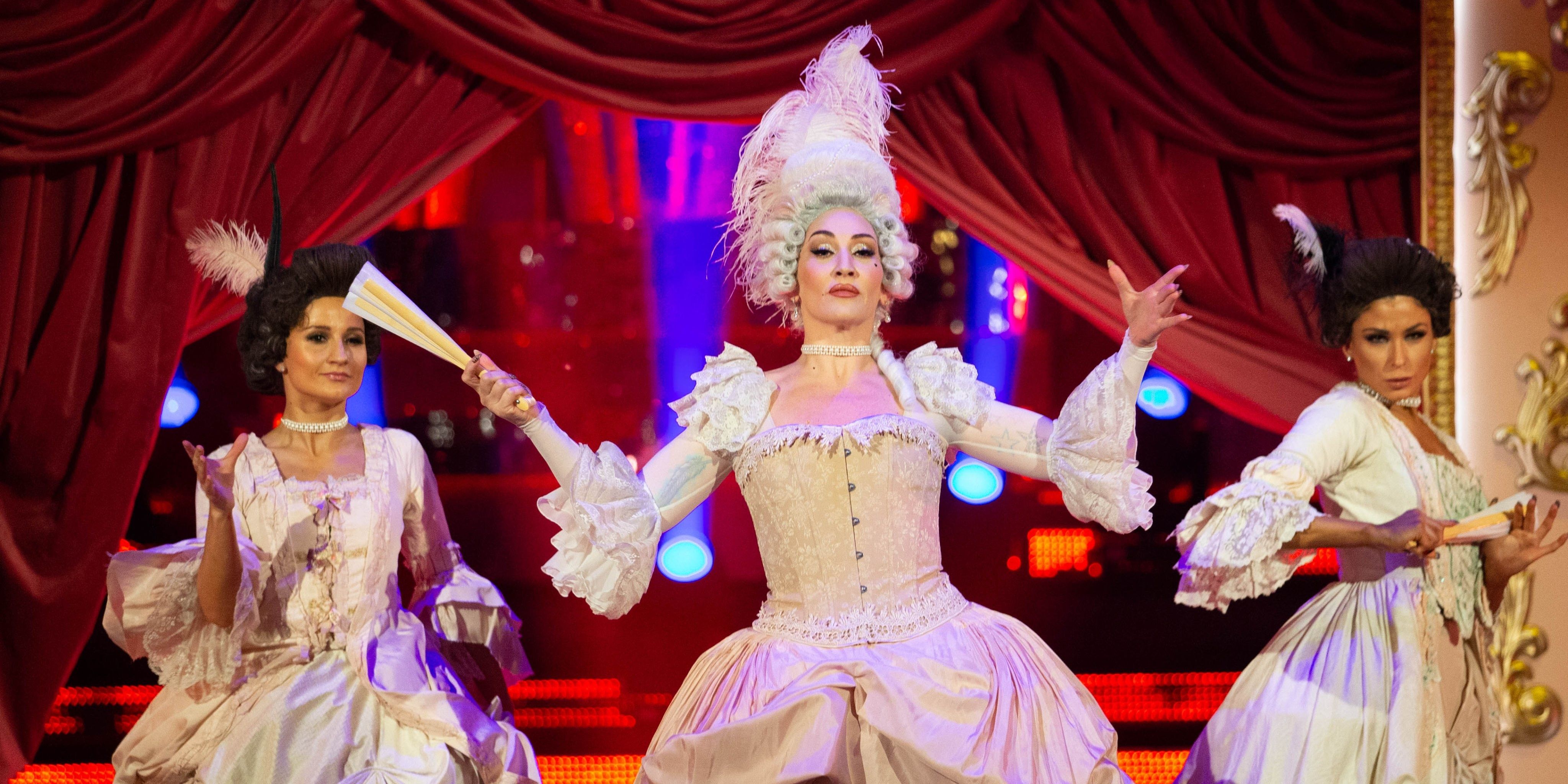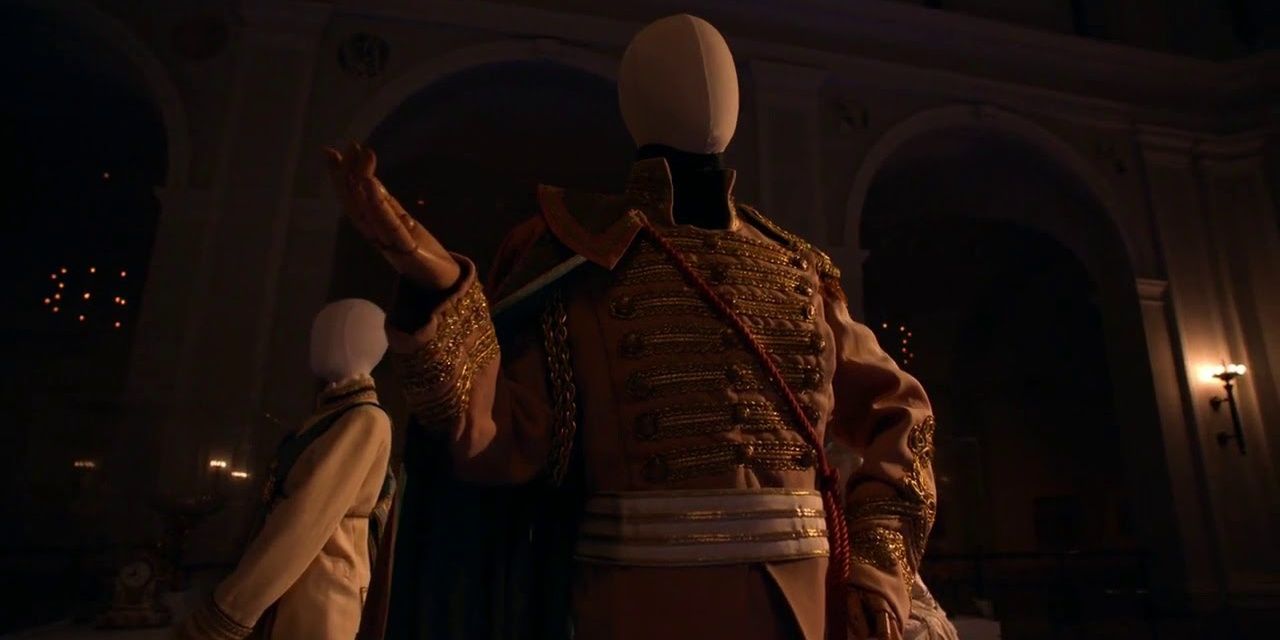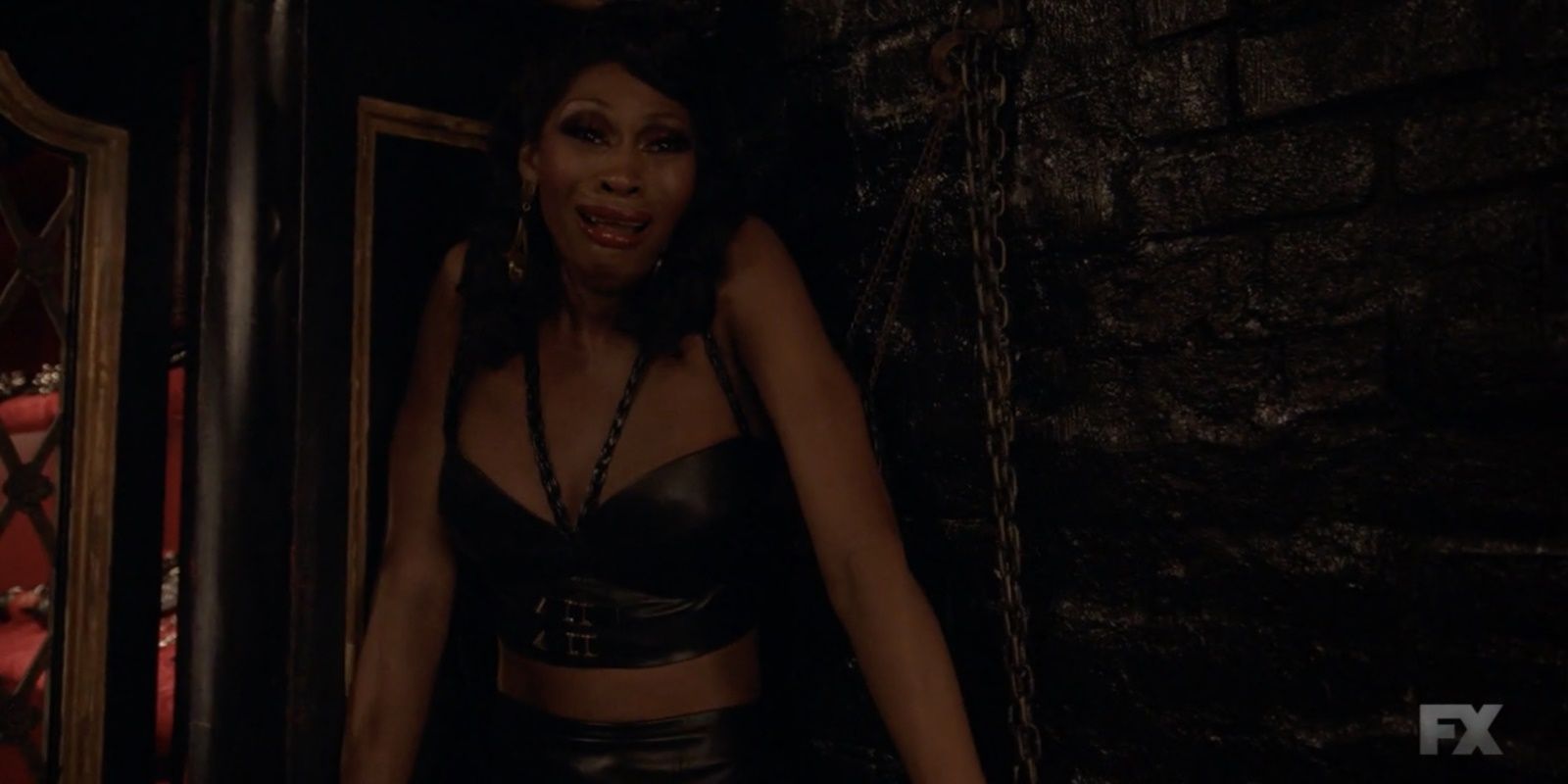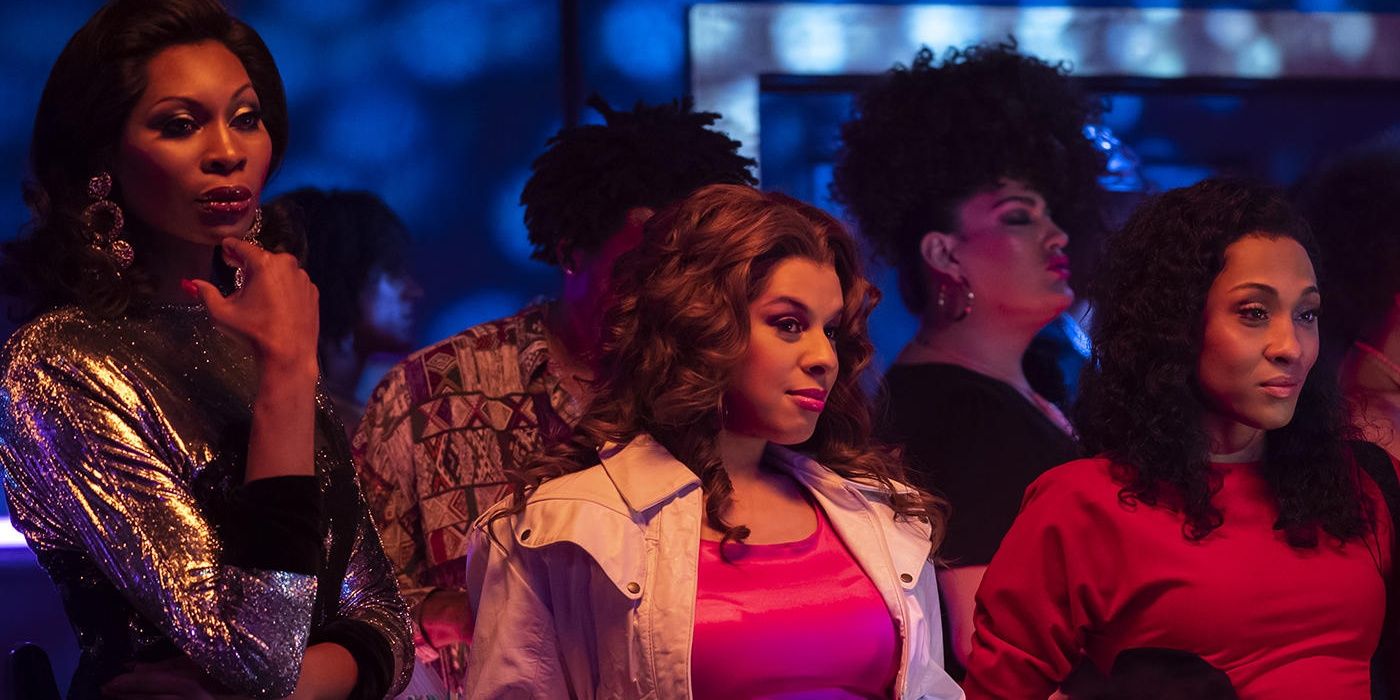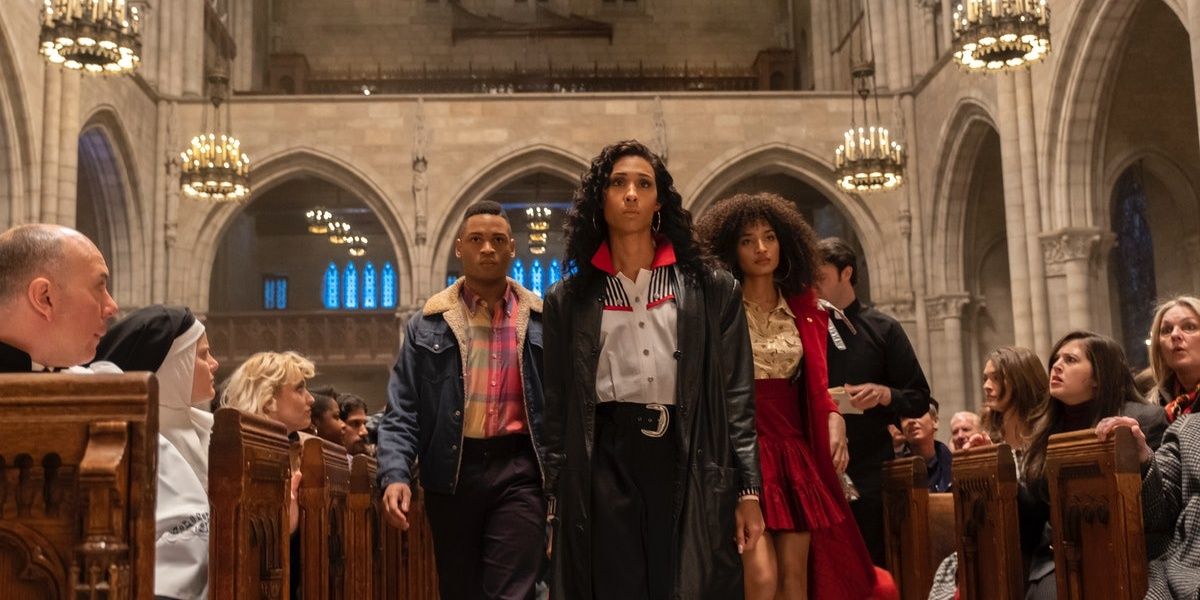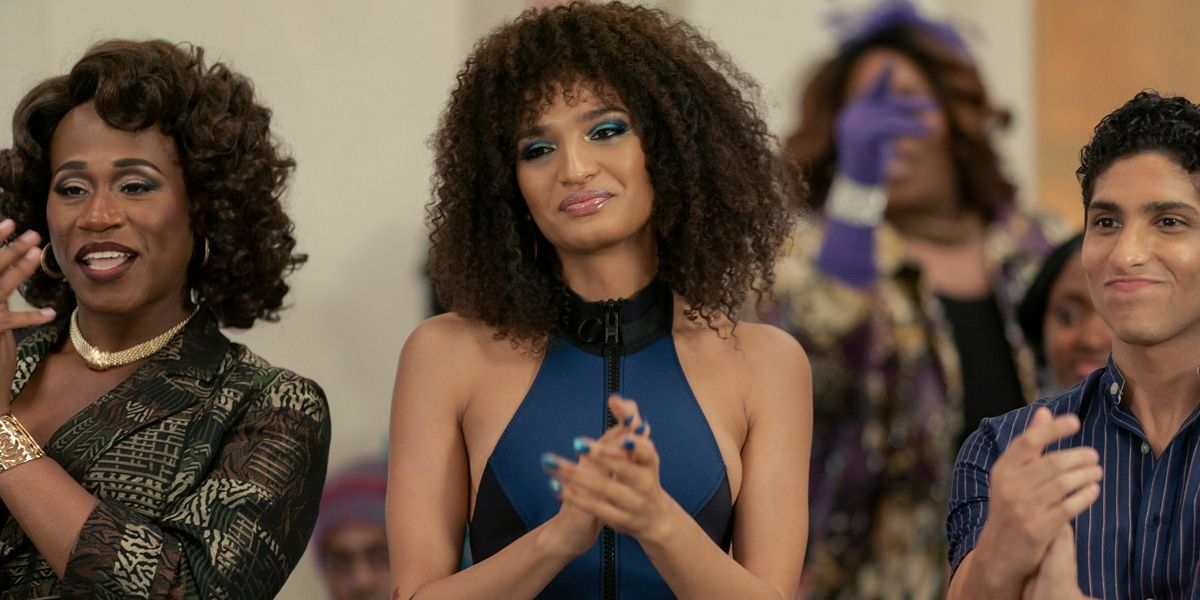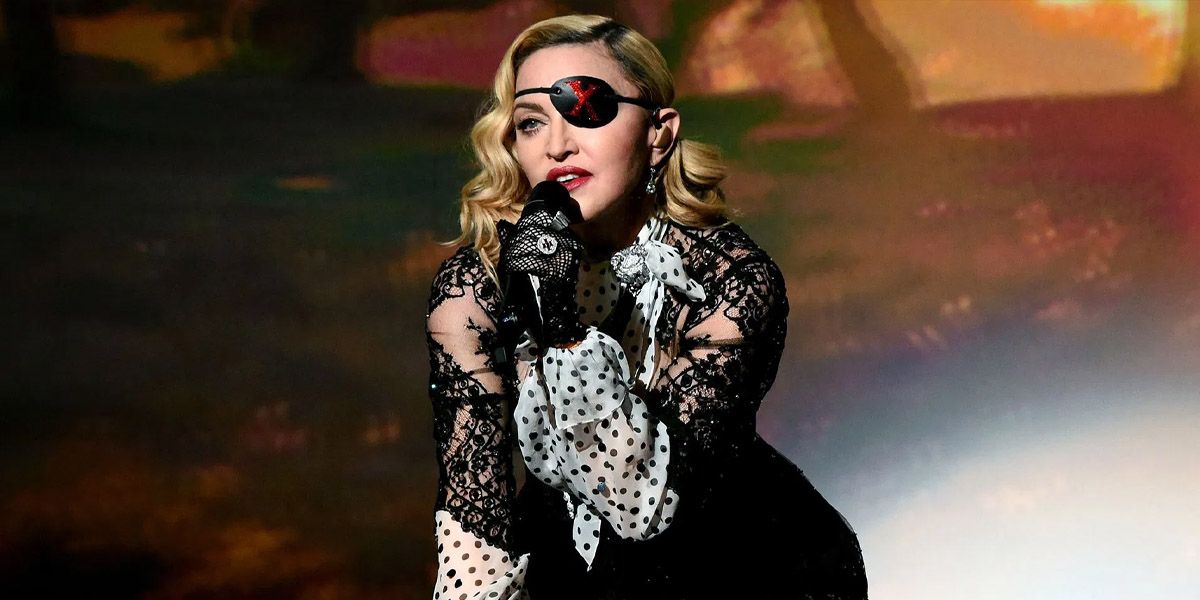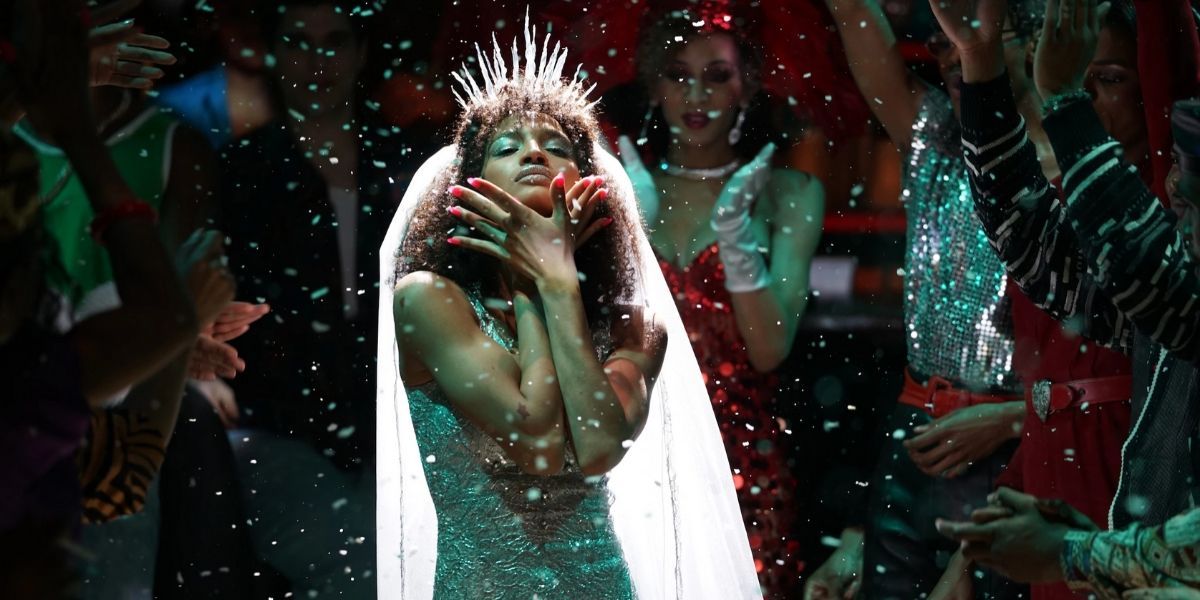Pose was perhaps one of the most historically accurate outings of this decade. The show went deep into the drag ballroom community in New York and explored the immense social and cultural influence of this underground culture, especially pertaining to community-building. Showrunners Ryan Murphy, Brad Falchuk, Steven Canals were able to design a period drama that’s incredibly watchable and educational.
The historical accuracies in the show are quite mind-boggling, as the writers did a stellar job of researching the true dynamics within ballroom circles and the system of ‘houses.’ The show mainly chronicles the eighties and the nineties, which are crucial decades for the LGBTQ+ community, vis-a-vis new movements and calls to direct action. But then there are certain things that have been fictionalized to make the show more interesting.
Real: The Concept Of Ball Mother
Post the seventies, when houses took over ball culture, the idea of a 'house mother' was designed or rather cultivated as a surrogate parent. Many LGBTQ+ people sought encouragement, love, and kindness outside their biological family since their identity wasn't embraced by their real relatives.
In Pose, the essence of this dynamic is captured perfectly as Blanca becomes a mother figure for Damon and essentially fights for him, just like a parent would. This aspect of community-building in ball culture was explored by Pose in an earthy, realistic way.
Fictional: The House Names
House of Abundance and House of Evangelista were actually fictional house names. Many fans assumed that these rival houses existed in real life, but although the show tries to stay true to many aspects of ballroom pageantry, houses by these names did not exist.
But houses in ball culture followed this styling when naming themselves; some prominent real-life houses (which are also quite well-documented) are Blahnik, Omni, Xtravaganza. In fact, Grandfather Hector of House of Xtravaganza acted as a consultant for the show
Real: Voguing
The second season of the show documented ballroom culture in the nineties and in the very first episode, the concept of ‘voguing’ was explored. The show depicts it as a stylized, house dance that originated in Harlem in the mid-to-late eighties.
The show also explores Madonna’s influence on voguing as the song Vogue from her second album I’m Breathless released in the early nineties. This is actually very realistic because Madonna’s song did shed light on voguing and helped it gain mainstream relevance, which until then, was only a niche form of dance.
Fictional: The Robbery
In the pilot episode, Abundance, Blanca and some other members of their house rob antique gowns from a museum as they make their way to one of their balls, where the theme is royalty. The storyline was designed as an act of payback as the transphobic owners of the museum chose to keep the news of the crime out of headlines, so the heist came across as an act of defiance.
In reality, of course, there are no records of anyone from the ballroom community robbing a museum for a show, it was concocted for theatrical impact.
Real: Hellfire Club
In Pose, Hellfire Club is an underground club where Elektra works as a dominatrix; she loses her job in the third season owing to the crackdown on New York sex clubs. Hellfire was a real BDSM club situated in the Meatpacking district which was quite popular in the underground scene in the eighties as it accepted membership from diverse gender identities.
As the AIDS/HIV crisis peaked during that decade, Hellfire Club evolved in format and avoided controversy by doing away with its backrooms and renovating itself as the Vault.
Fictional: The Rivalries
Elektra and Blanca’s rivalry was one of the focal points of the show but there is no documented proof of actual rivalries or even professional antagonism between different house members in ballroom history. While a sense of competition was encouraged to cultivate the ballroom dance-off culture, and personal jealousies may have existed, the ego clash wasn’t based on a real-life feud but was fictionalized to add to the drama.
The ‘rivalry’ in Pose had a personal element to it, as the show kicked off its first season with a storyline about the rivalry between the House of Abundance and the House of Evangelista, and subsequently between the two mothers; however, there’s no evidence to suggest that rival Houses had bad blood between them.
Real: The ACT UP Movement
In the first episode of the second season, Judy brings Pray Tell to an ACT UP meeting and later Blanca and other members of her house join ACT UP’s Stop The Church protest at a cathedral. ACT UP was a real-life grassroot movement, aided by activists who worked to end the AIDS pandemic and also sought direct action to help people suffering from AIDS.
In the show, Blanca was HIV-positive and the show explores how misinformation and limited treatment routes made life harder for people like Blanca, so it made perfect sense for the show to include a movement as historical as ACT UP.
Fictional: The High Fashion Picks
The show’s costumes received widespread acclaim as they balanced and drag splendor with the glamor of 80s and 90s styling. Analucia McGorty, who was in charge of wardrobe for the show, revealed that she chose runway picks by fashion houses that were big in the nineties like Yves Saint Laurent, Chanel, Azzedine Alaïa, etc.
While it worked wonders for the show, it is of course, not very realistic. Though the costumes in ball culture were known to be immaculate and terrifically flashy, they were seldom straight-off-the-runway.
Real: The Blond Ambition Tour
The second season of the show documented many milestone events from the nineties. In the fifth episode Ricky and Damon audition to be backup dancers at Madonna’s Blond Ambition World Tour.
The writers did a terrific job of coalescing the storyline with the pop culture headlines from the decade. The Blond Ambition tour was Madonna’s third concert tour and it did take place between early to mid-1990, which syncs exactly with the show’s events because the second season also mostly unravels in 1990.
Fictional: The Categories
The balls were fractioned into categories, which were basically rounds based on a theme; on the show, most of these rounds were centered around the costumes so there were categories like ‘once upon a time’ which saw a bevy of fairytale-inspired looks or ‘royalty’ which saw regal attire or ‘legendary runway,’ which saw performers channeling looks from the Parisian runway. These categories were adjusted to make the show more fun and relatable; most ballroom categories were sectioned according to gender representation, like femme queen or butch queen.
Then there was some class representation, too, as performers often channeled executive looks. The balls in Pose do incorporate some gender identity-driven categories, but broadly speaking, the rounds were categorized to show off the costumes.

